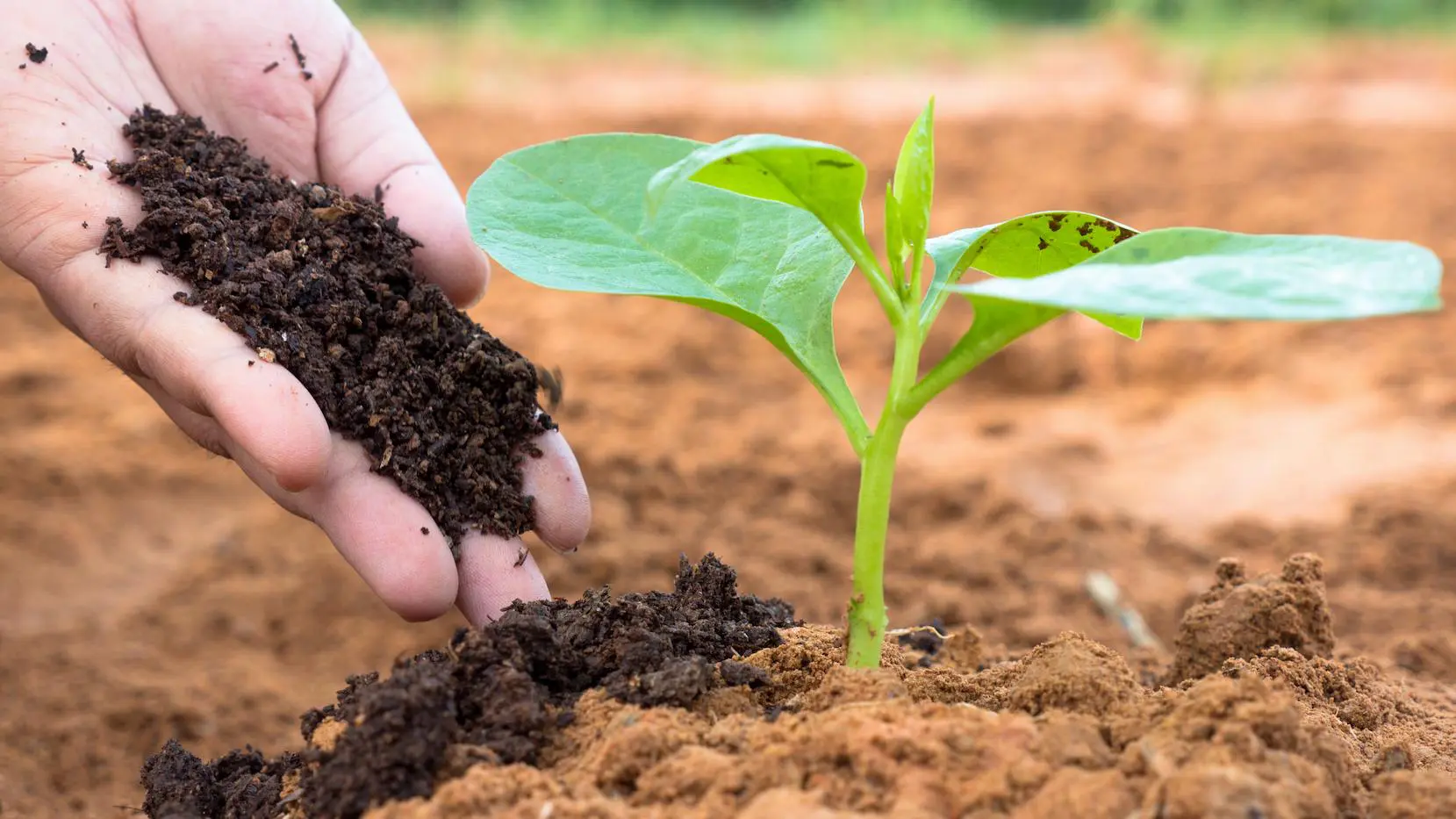
Optimal Inputs of Nitrogen and Potassium
Traditional recommendations from the UC are to consider applications of up to about 20% of your annual nitrogen budget for pre or post-harvest timing. However, this is not a universal recommendation. If your July leaf N levels were at 2.5% or higher, then fall nitrogen applications should be OMITTED!
Potassium
Let’s now talk about post-harvest potassium. Potassium has several critical functions in almonds
- Photosynthesis
- Carbohydrate synthesis, translocation, and starch formation
- Bud differentiation and formation of fruiting spurs
- Lessened winter fruiting bud mortality
- Stronger return bloom for next year’s crop
Standard recommendation for post-harvest potassium management is replacement rates of dry sulfate of potash applied broadcast or banded. As a reminder, almonds remove approximately 100 pounds of fertilizer K2O for every 1000 pounds of nutmeat harvested.
For a yield of 3000 lbs. that would equate to 600 pounds 0-0-50 sulfate of potash, which may not fit every almond grower’s budget. As another possible cost-saving measure this practice may be omitted in well managed, healthy orchards with non-declining soil K levels.
To maintain healthy, photosynthetically active leaves during the fall for a stronger bloom next season we still want to supplement with low rate cost-saving water-run potassium applications. Water run K in drip and a micro-sprinkler is immediately available for crop uptake and you have options on liquid potassium choices.
- In acidic soils, potassium carbonate is preferred (alkaline pH)
- In alkaline soils, potassium thiosulfate (KTS) may be preferred (acid-forming fertilizer)
- Where soil pH is in the optimal range Till-It Rekoil is the preferred product of choice (neutral effect on soil pH)
Carl Bruice, Wilbur-Ellis National Nutrition Technical Manager
